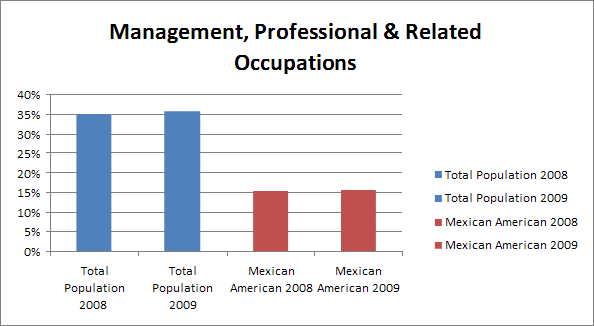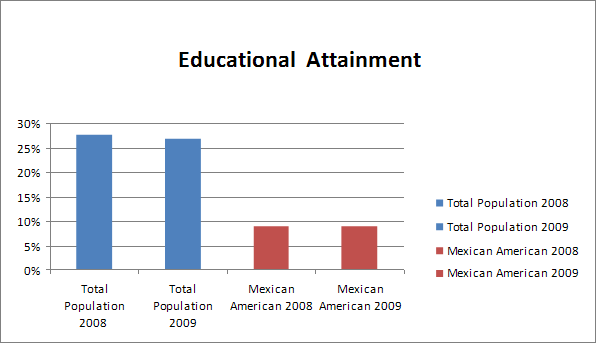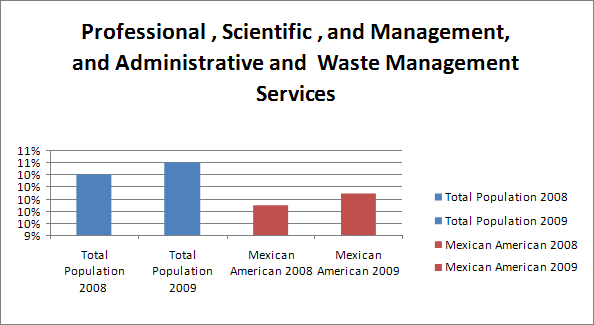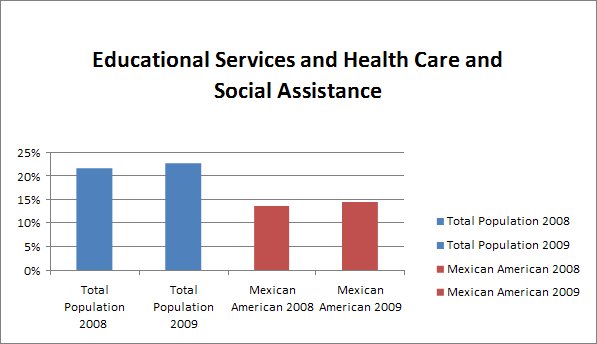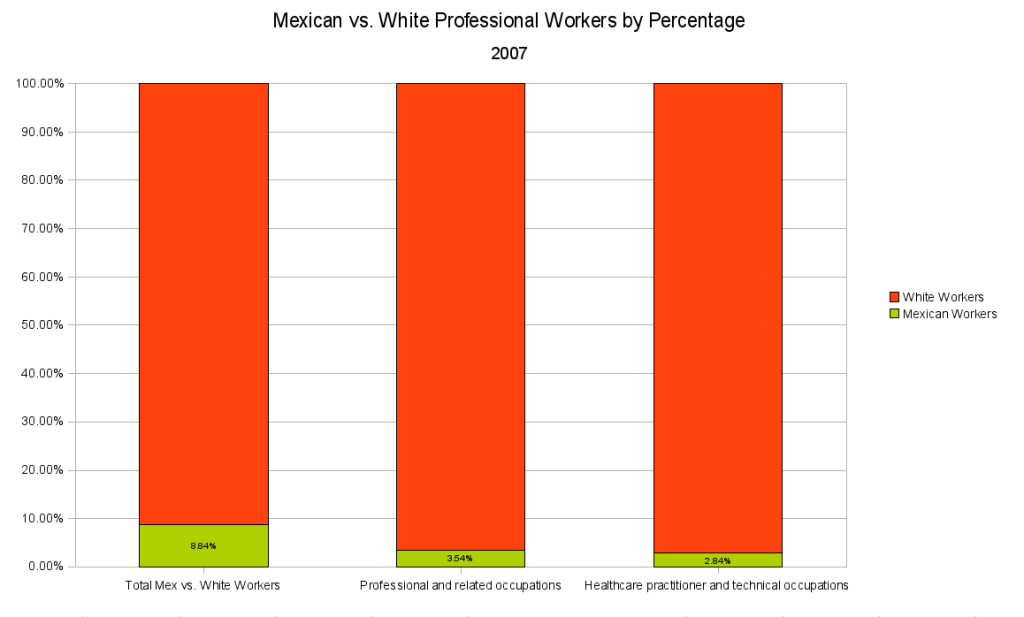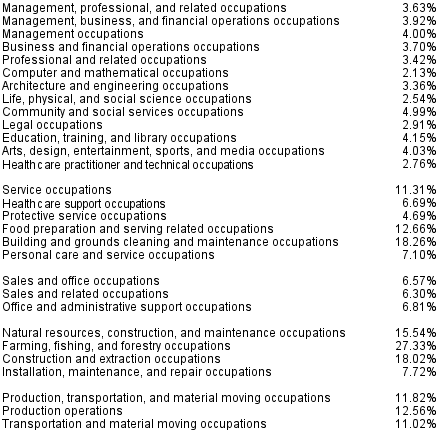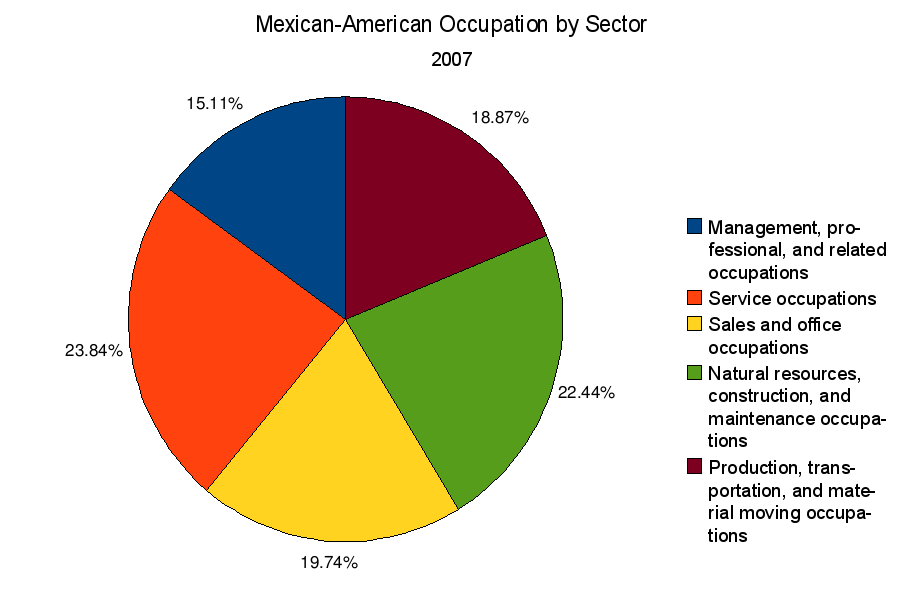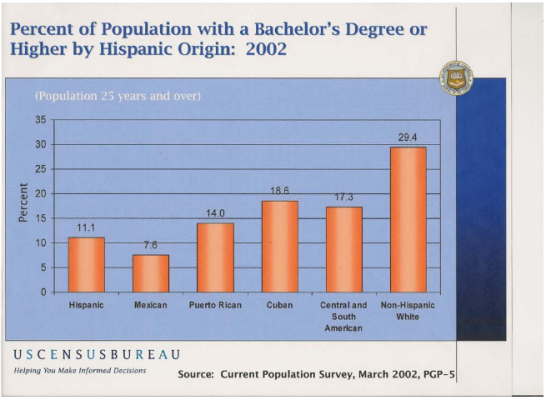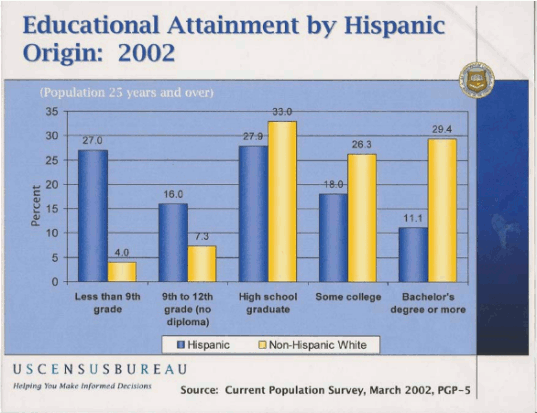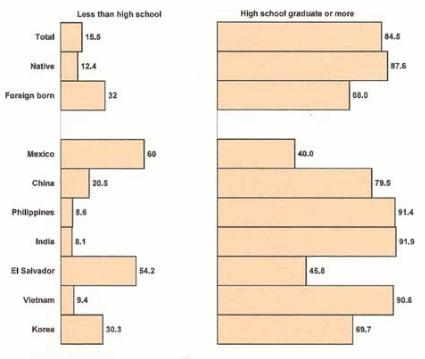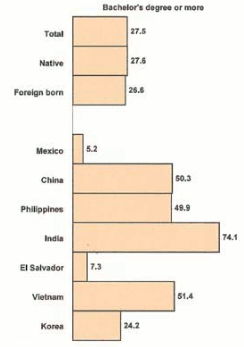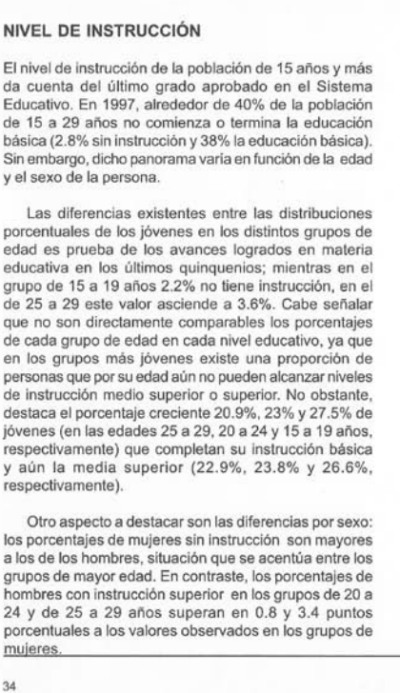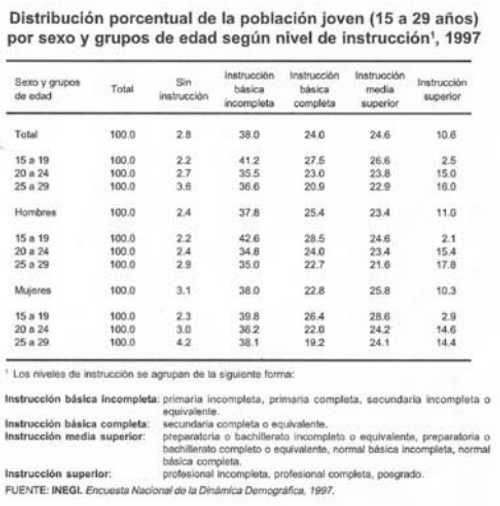Commercial interior designer earns award
Honored
David Burge / El Paso Times
Posted: 08/25/2009 12:00:00 AM MDT
Patty Holland-Branch, founder and CEO of Facilities Connection, stands inside her West Side office which showcases some of the office furniture and commercial design elements sold by her 22-year-old interior design company. (Victor Calzada / El Paso Times)
EL PASO — Patty Holland-Branch knows how to put together space, furniture, and color to make an office a nice place to work and also convey a company’s preferred image.
Those design skills have made Holland-Branch and her 22-year-old El Paso company, Facilities Connection, succeed in commercial interior design. But other skills have made the company click and grow.
“We always have to be re-creating ourselves. That’s how our business has survived,” said Holland-Branch, founder, owner, and CEO of the West Side company she started in 1987 in a West Side condo she shared with her children.
The company now has about 30 employees, including three other interior designers, and is headquartered at an acre site at 240 E. Sunset on the West Side.
Through the years, the company has diversified its services beyond traditional interior design. It now also sells, installs, and maintains furniture; provides move management, and offers information technology services. In the past few years, it also has shifted its customer base from mostly private companies, including the maquiladora industry, to a large focus on the military and other government agencies.
That shift, which required spending years learning the ins and outs of federal contracting, is responsible for the company’s revenues growing 411 percent from 2003 through last year, Holland-Branch said. She did not provide revenue numbers.
The success caught the attention of the Texas Association of Mexican American Chambers
Advertisement
Quantcast Quantcast Quantcast Quantcast
of Commerce, which earlier this month named Holland-Branch, 65, a native of Chihuahua City, Mexico, as Texas Hispanic Business Woman of the Year.
Cindy Ramos-Davidson, CEO of the El Paso Hispanic Chamber of Commerce, said the local chamber nominated Holland-Branch for the award because of her company’s longevity, and growth, but also because she figured out how to “re-engineer” the company to find new opportunities with the federal government. She also is focused on knowing her clients and how best to meet their needs, Ramos-Davidson said.
“There’s a difference between those who service their customers and those who really care about their customers,” as Holland-Branch does, Ramos-Davidson said.
Holland-Branch said her husband, Dave Branch, 62, president of the company, gets credit for helping the company move into the federal contracting arena.
Dave Branch said he focuses on much of the business management side of the company while his wife focuses more on the creative, and client-services side.
Holland-Branch, who said she’s always had a creative streak, said designing some homes and a restaurant years ago convinced here that interior design was her forte. She received a degree in interior design technology from El Paso Community College, and worked for an El Paso interior design company for three years before going into business for herself in 1987.
Cindy Bilbe, president of Stewart Title, which hired Facilities Connection to design and furnish the interior of its 12,000 square-foot Downtown office and three branches, said Holland-Branch has “an extremely good eye for space planning and color selection,” and also delivers what she promises. Holland-Branch was involved in all aspects of the Stewart Title project, including talking to the Downtown office’s 20 employees to find out their space and desk needs so the interior and furniture worked for them, Bilbe said.
The design featuring Southwest colors has increased employee morale, and has received great customer reviews, Bilbe said.
Facilities Management also recently designed and furnished the interior of the new JDW Insurance offices on the seventh and eighth floors of the Chase Bank Building. That design features more muted tones to convey a more “classic” executive style, Holland-Branch said.
“You see a lot of designers where everything looks like them (their tastes). For Patty, everything looks like the customer,” Dave Branch said. “She can take the personality of a person and turn it into a work space where everything works.”
Vic Kolenc may be reached at vkolenc@elpasotimes.com; 546-6421.
Personal file
# Name: Patty Holland-Branch
# Job: Founder, owner and CEO of Facilities Connection Inc., a 22-year-old commercial interior design company, which also sells, installs, and maintains office furniture; does move management; and provides information technology services.
# Background: Born in Chihuahua City, Mexico. Moved to El Paso at age 6 when her father, an engineer for Asarco, was transferred here.
# Family: Married 21 years to her second husband, Dave Branch, 62, Facilities Connection president. Five children and nine grandchildren.
# Education: Austin High School graduate. Associate’s degree in interior design technology from El Paso Community College.
# Quote: “I love creating things. I also like solving problems. I have a passion to work with my customers.”
Award winners
TheTexas Association of Mexican American Chambers of Commerce gave these awards to El Paso area business people at its recent state convention:
# Texas Hispanic Business Woman of the Year: Patty Holland-Branch, CEO and founder of Facilities Connection.
# Texas Hispanic Business Man of the Year: Ray Hernando, owner of RHO Logistics.
# Texas Corporate Hispanic Business Advocate of the Year: Maria Mendez, vice chair of corporate relations, Aetna insurance.
# Large Hispanic Chamber of the Year: El Paso Hispanic Chamber of Commerce
Source: El”Paso Hispanic Chamber of Commerce.
Print Email Font ResizeReturn to Top




